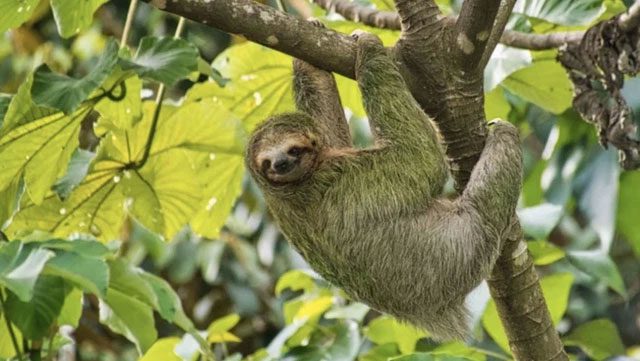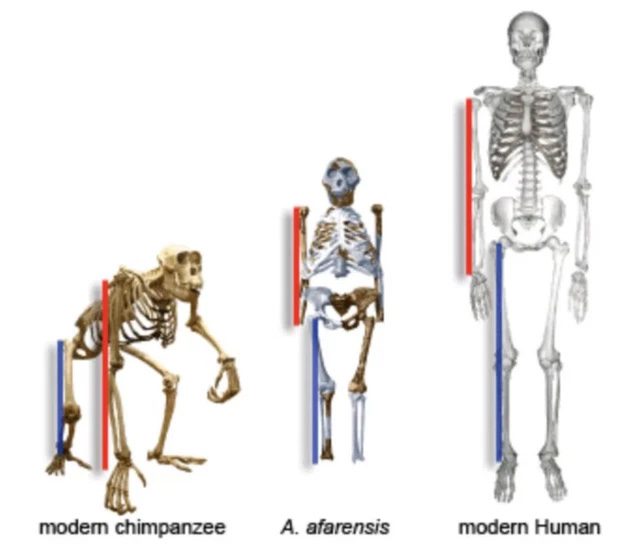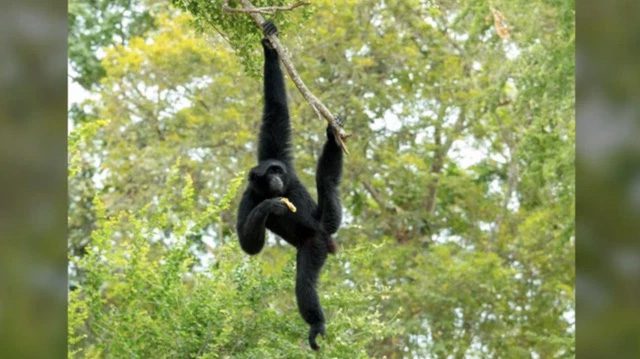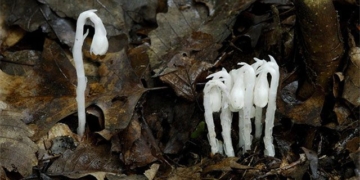When it comes to long-armed animals, we might think of gibbons, but in reality, there is another species that surpasses them.
Which animal has the longest arms?
If we consider size alone, the humpback whale (Megaptera novaeangliae) easily outmatches all other contenders with its gigantic flippers. The forelimbs, or arms, of whales have evolved into flippers from their land-dwelling mammal ancestors. Humpback whale flippers can measure up to 4.9 meters in length.
However, when looking at relative size compared to body proportions, there are two species that are considered to have the longest arms in the animal kingdom, excluding birds.
A quick search might lead you to find that the gibbon, residing in the forests of Southeast Asia, has the longest arms relative to its body size. However, according to Mary Ellen Holden, a zoologist at the American Museum of Natural History in New York City, the three-toed sloth actually takes the top spot.

White-throated Sloth
One important ratio for comparing mammal limbs is the intermembral index (IM) – the length of the forelimb divided by the length of the hind limb, multiplied by 100. Humans have an IM index ranging from 68 to 70, meaning our arms are about 70% the length of our legs.
The IM index of animals, both living and extinct, indicates which limbs they use for locomotion. Bipedal animals, as well as climbing and jumping species, typically have an IM index between 50 and 80, while quadrupeds range from 80 to 100.

Animals with an IM index over 100 tend to correlate with suspensory movement – including swinging from trees.
Holden explains that longer forelimbs may also correlate with a method of locomotion known as digitigrade walking, which is used by larger primates like chimpanzees (Pan troglodytes) and other unusual walking styles, such as those of hyenas.
The gibbon, with arms that are 1.5 times the length of its legs, is one of the top candidates for the highest IM index among primates. The siamangs (Symphalangus syndactylus), found in Thailand, Indonesia, and Malaysia; and the black crested gibbon (Nomascus concolor), critically endangered and found in China, Laos, and northern Vietnam, have average IM indices of 140 and 147 respectively. For comparison, a human with that index would have arms nearly twice the current length.
Holden states: “Gibbons have evolved to forage by grasping branches and swinging, which over time has led to the selection for longer arms. They can actually rotate their shoulders nearly 360 degrees.”
However, the sloths have outdone them: the white-throated sloth (Bradypus tridactylus) and the brown-throated sloth (Bradypus variegatus) have arms that are on average 1.7 times longer than their legs, with corresponding IM indices of 171 and 172.

Siamang.
Sloths and gibbons differ significantly in how they use their arms to navigate through trees. Sloths, despite being excellent swimmers, prefer to hang from branches and crawl along them at a record low speed, while gibbons can swiftly swing from branch to branch. According to Holden, some sloths have even been found to have arms twice the length of their legs.
“Some species of three-toed sloths in the genus Bradypus have the longest arms relative to their body,” Holden says. “Thus, sloths surpass gibbons when it comes to relative arm length.”





















































